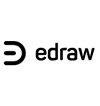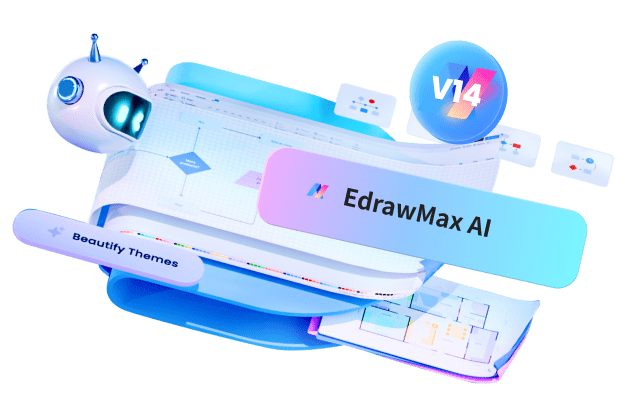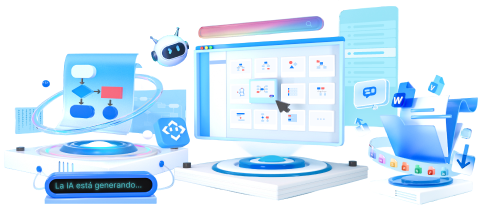Implementing and maintaining risk frameworks are crucial for organizations to ensure effective risk management. By following a systematic approach, fostering a risk-conscious culture, and continuously improving the framework, organizations can mitigate risks, safeguard their assets, and make informed decisions. ISACA’s IT Risk Framework is a valuable resource for managing IT-related risks.
A risk framework, in essence, is a set of structured methodologies and processes designed to facilitate the identification, assessment, and management of risks within an organization. It serves as a guiding framework that ensures a systematic and holistic approach to risk management. A well-defined risk framework aids in establishing a common language for risk-related discussions and enables organizations to proactively address challenges.
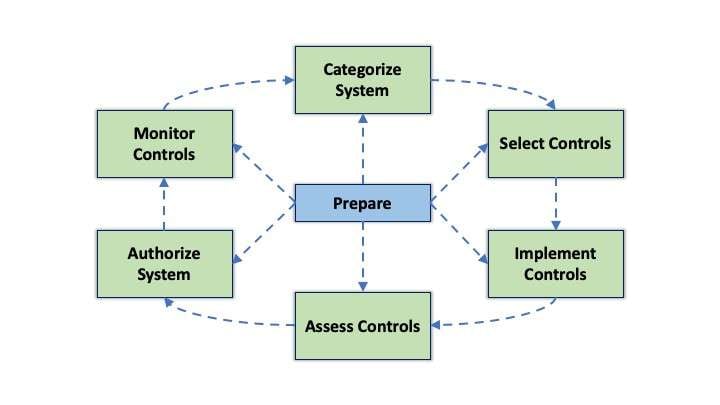
In this article
Part 1. Components and Elements of a Risk Framework
A comprehensive risk framework typically comprises several key components and elements. These components and elements work cohesively. This helps in assessing risks throughout the organization.
1. Risk Identification:The first step in any risk framework is identifying potential risks that an organization might face.
2. Risk Assessment:Once risks have been identified, they must be evaluated to determine their potential impact and likelihood of occurrence.
3. Risk Mitigation Strategies:Following the assessment, organizations develop strategies to mitigate identified risks.
4. Monitoring and Reporting: An effective risk framework should include mechanisms to monitor and track risks continuously.
Part 2. Implementing and Maintaining a Risk Framework
Implementing and maintaining risk frameworks is important. They involve a systematic approach. They also involve collaboration across various departments.
1. Leadership Commitment:Executives must show commitment to risk management by promoting a risk-conscious culture and allocating sufficient resources.
2. Design and Development:Organizations should tailor the risk frameworkto their specific needs, defining roles, responsibilities, and processes for effective risk management.
3. Training and Awareness:All employees need proper training and awareness to understand the risk framework's purpose, methods, and expected outcomes.
4. Continuous Improvement:Organizations must continuously evaluate and refine the risk framework to address evolving risks, embracing a culture of adaptability and improvement.
Part 3. What Is ISACA's IT Risk Framework?
ISACA IT Risk Framework is a widely recognized and respected framework specifically focused on managing risks associated with information technology.
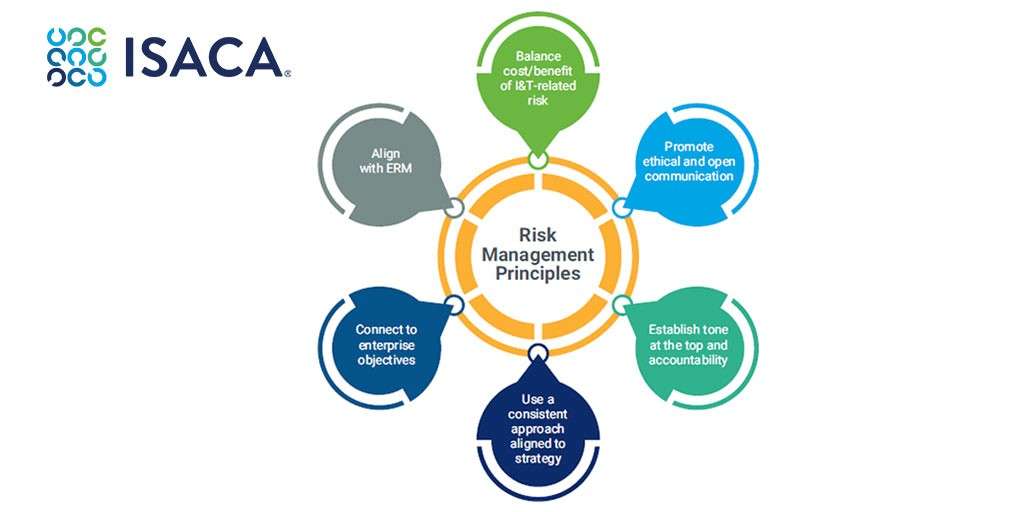
It provides a structured approach to identify, assess, and mitigate IT-related risks within organizations. The framework encompasses various control objectives and practices, aiding organizations in safeguarding their IT assets and minimizing vulnerabilities.
The utilization of risk frameworks, such as an IT risk framework, significantly impacts decision-making processes within organizations. By providing a structured approach to risk analysis, frameworks enable decision-makers to consider potential risks and their implications beforehand. This allows for a more informed decision-making process, resulting in prudent choices and better risk management outcomes.
Part 4. Visualize Your ISACA Risk Chart Using EdrawMax
Wondershare EdrawMax stands out as an exceptional tool for creating risk charts due to its versatile functionality and intuitive design. Users can easily visualize and analyze risks with precision with its help. The tool also provides advanced features like data linking, making it a great tool for risk analysis and management. To create an ISACA Risk chart using the tool, just follow these steps:
Step 1: Open Wondershare EdrawMax on your computer. Then log in using your email ID and password.
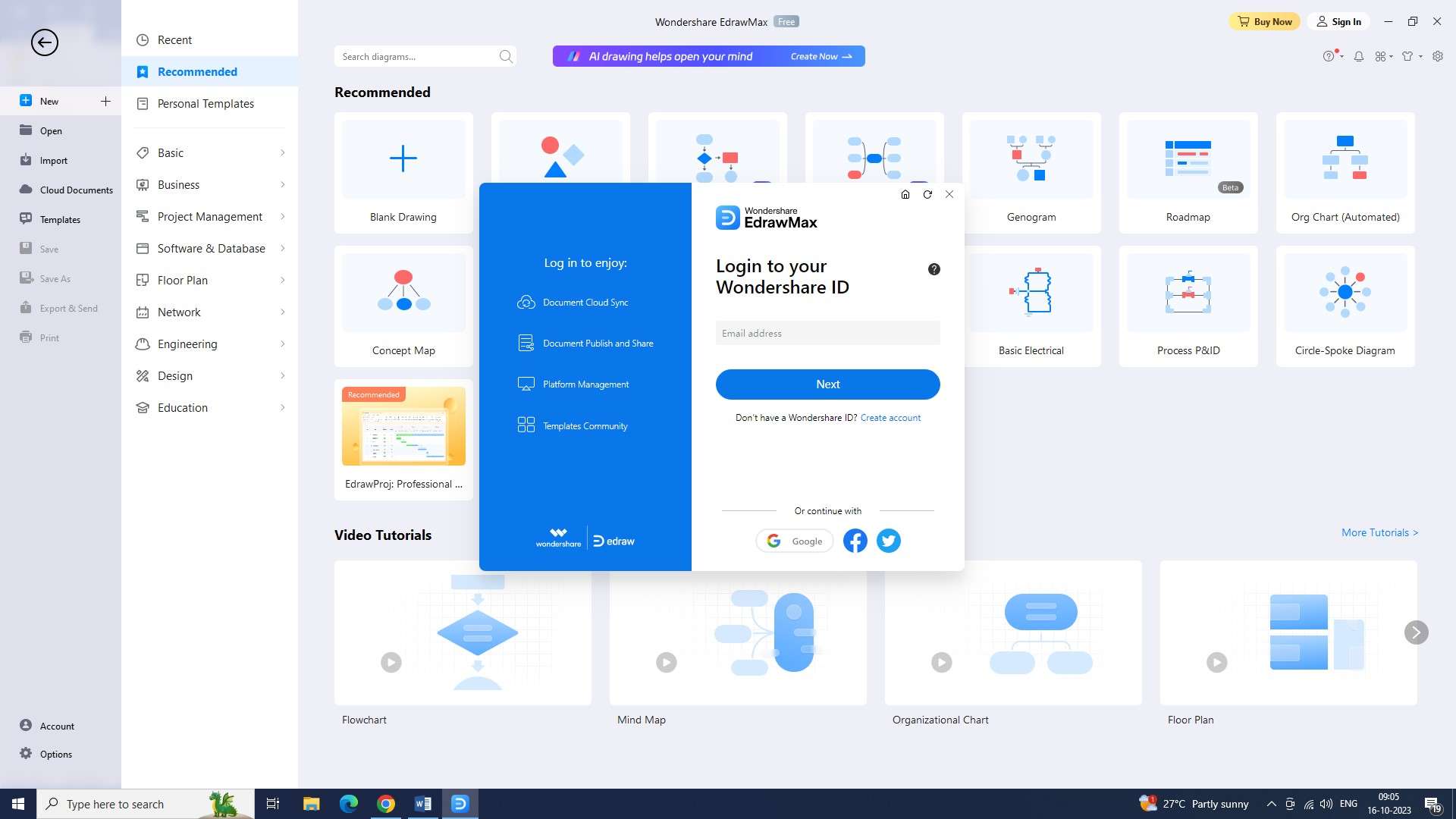
Step 2: After logging in to the tool, click on the "New" button on the top left corner of the screen. This will open a new blank document where you can start creating your ISACA risk chart.

Step 3: Now click on the "Templates" button on the left-hand side of the screen. In the search bar, type "ISACA risk chart" and select the template that suits your needs.
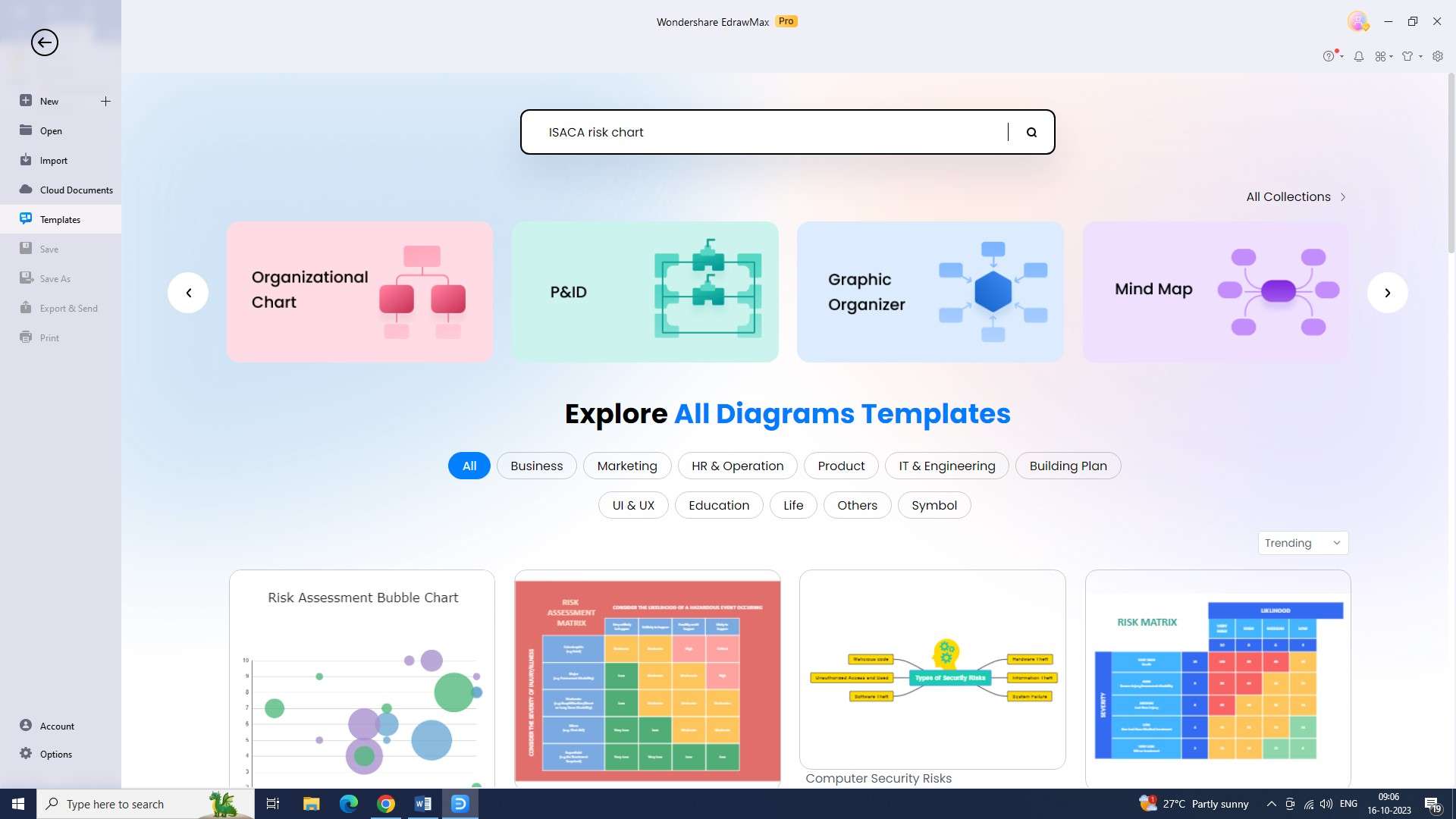
Step 4: After selecting the template, you can customize it according to your requirements. You can add or remove elements, change colors, fonts, and sizes, and modify the text to fit your risk assessment.
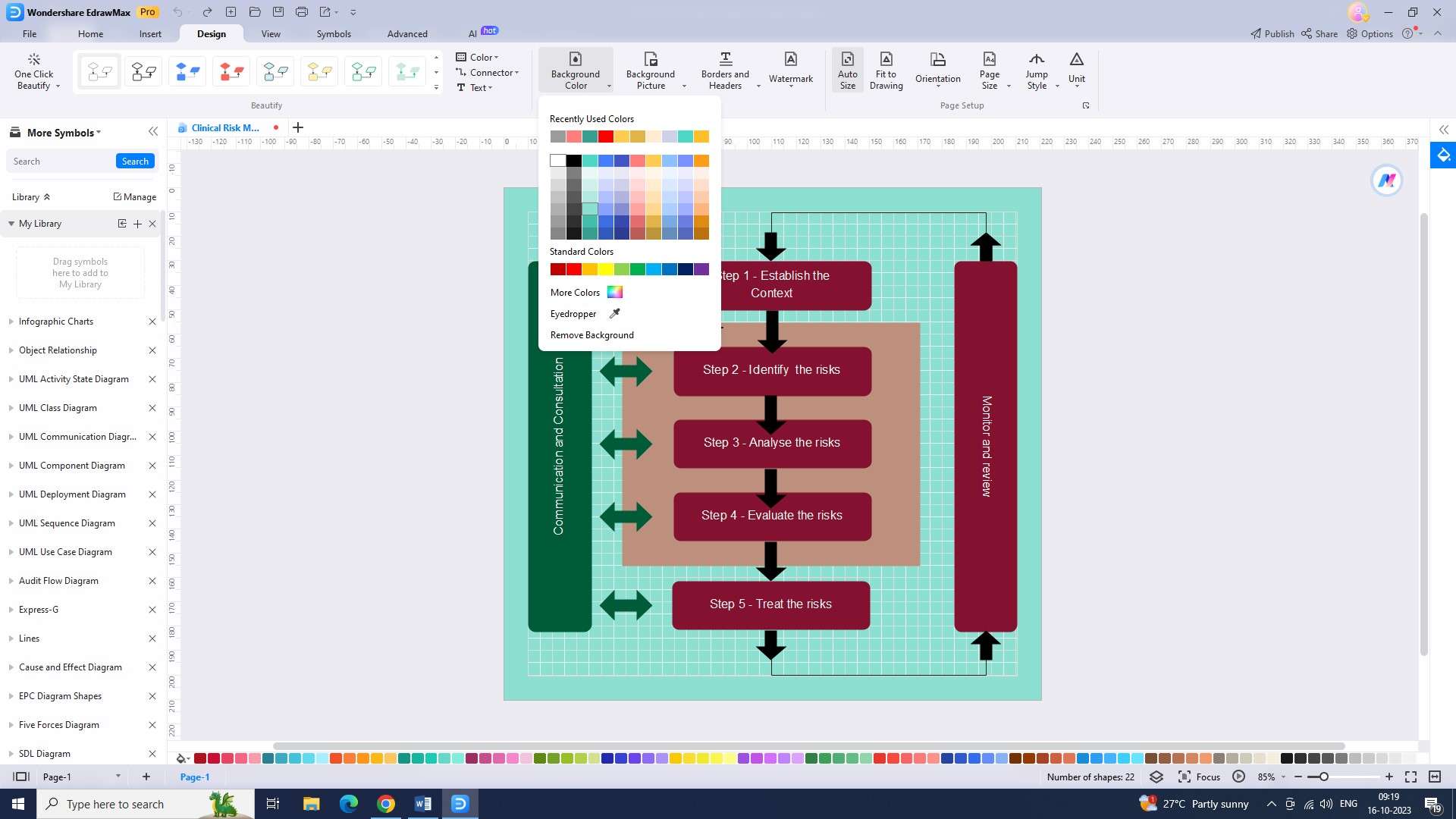
Step 5: Identify the different categories of the risk framework that you want to include in your chart. These can include factors like IT project delivery risks, cybersecurity risks, etc.

Step 6: Evaluate the risks associated with each category and assign a level of severity or probability to each one. Use the template's built-in symbols or shapes to represent the different levels of risks, such as high, medium, or low.
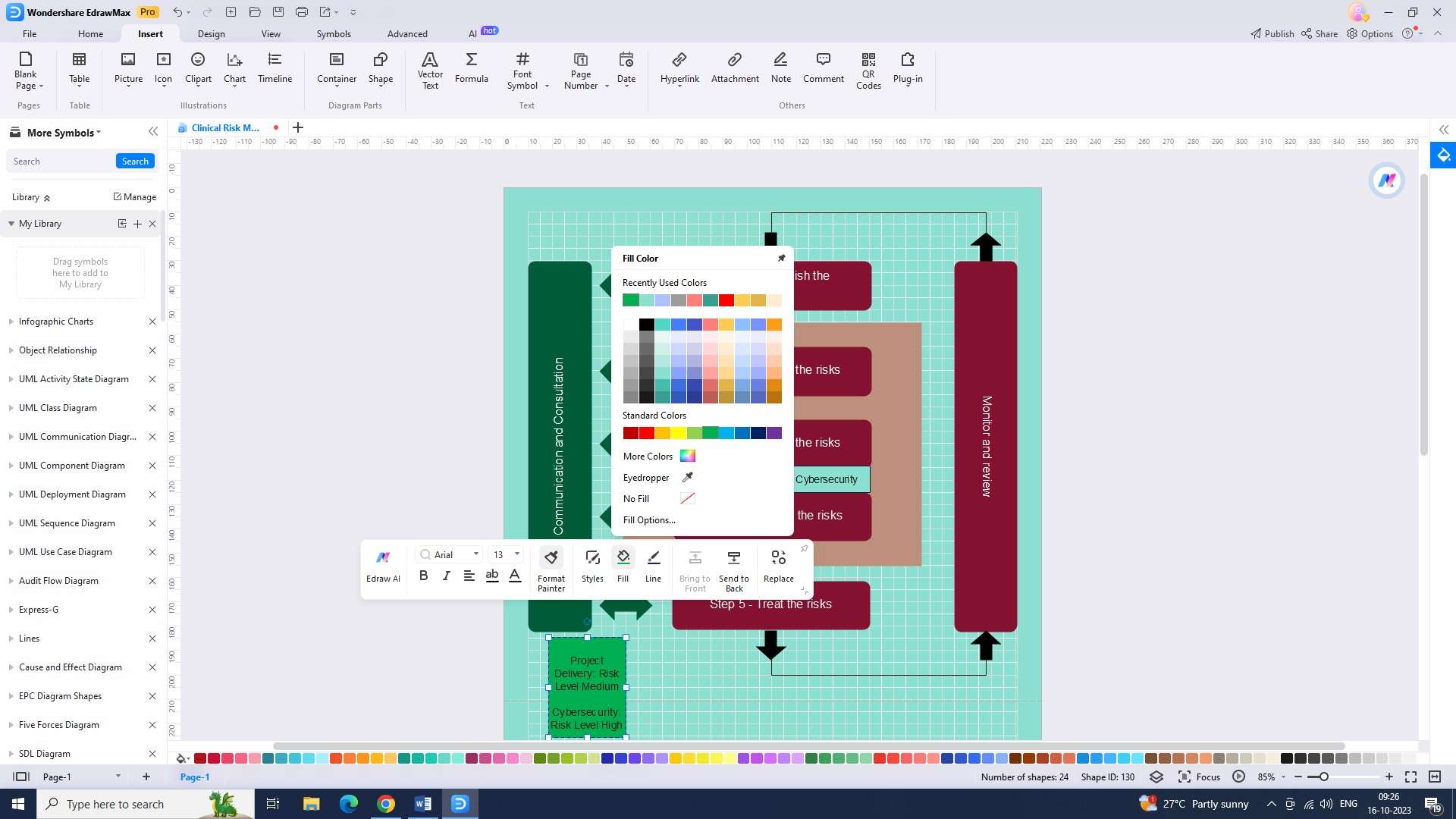
Step 7: Connect the identified risks to their corresponding risk categories using arrows or lines. This will help visualize the relationship between the risks and the categories they fall under.
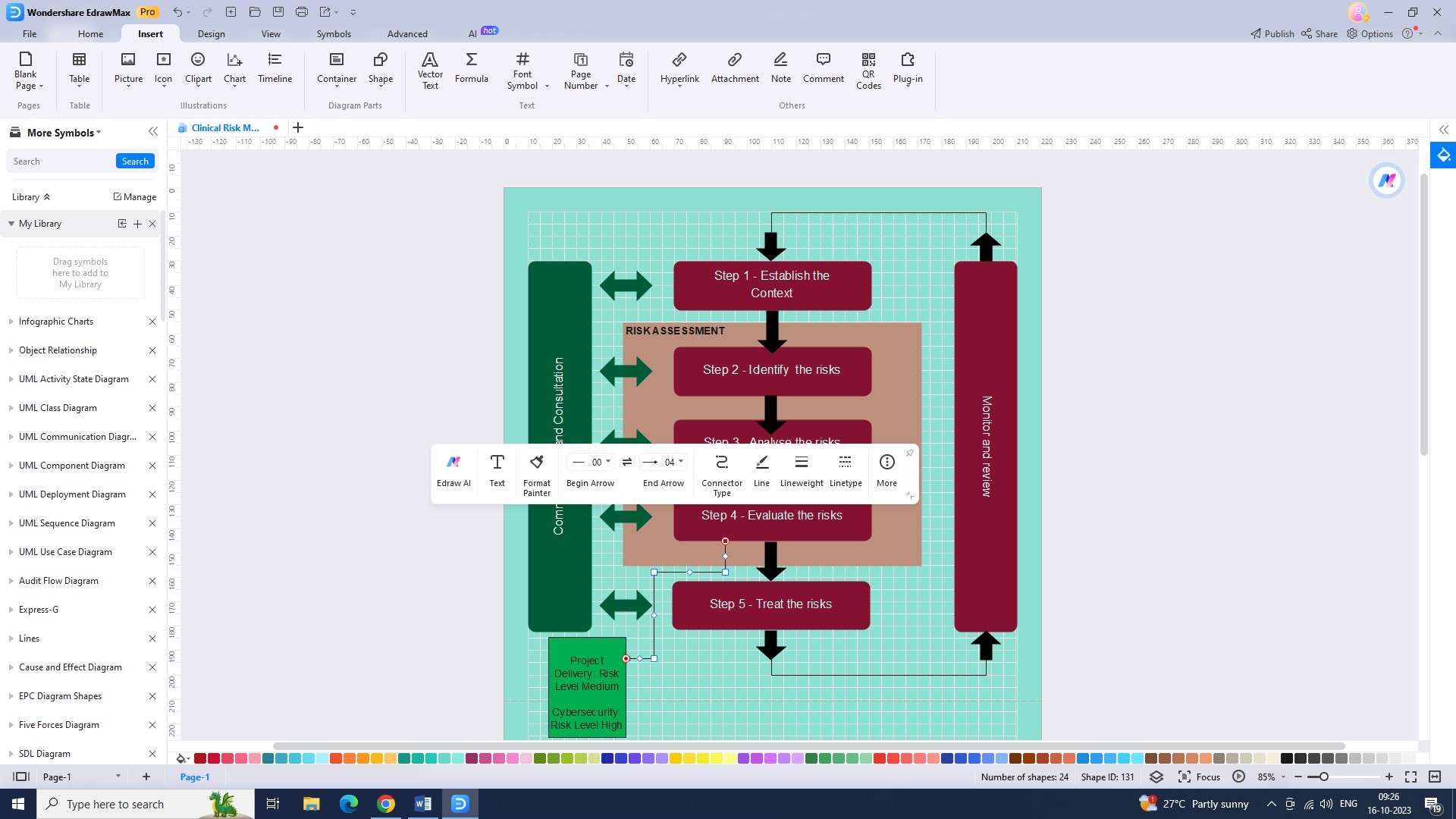
Step 8: Now click on the "File" menu and select "Save" or use the shortcut key (Ctrl + S) to save your document. Choose a location on your computer, provide a suitable name for the file, and click "Save" to save your progress.
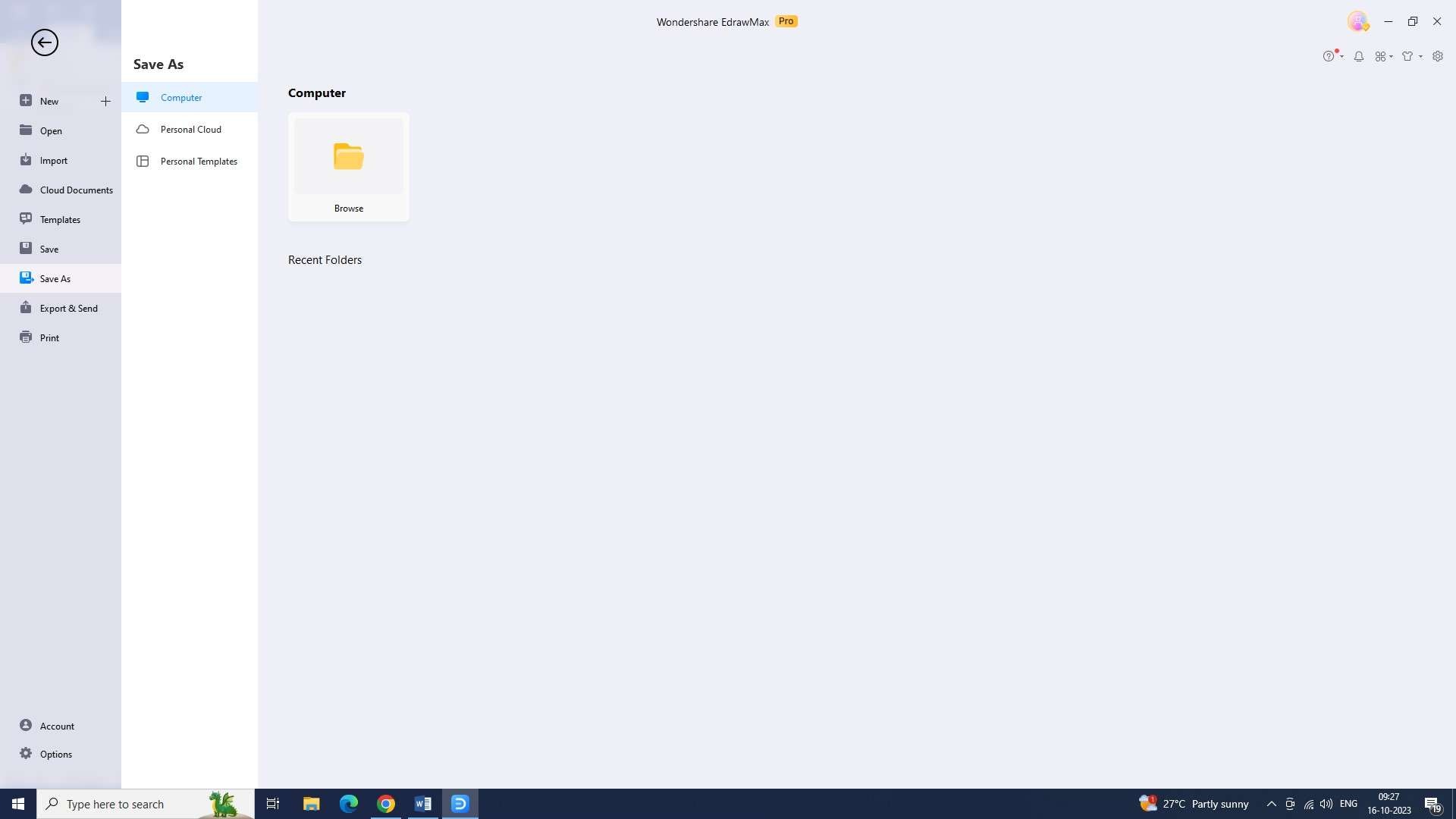
Step 9: Once you have completed your ISACA risk chart, you can export it in various formats such as PDF, PNG, SVG, or Microsoft Office files. Go to the "File" menu and select "Export" to choose the desired format, location, and file name for your risk chart.
Conclusion
Risk frameworks, for example, the ISACA IT Risk Framework, are structured sets of methodologies and processes that enable organizations to identify, assess, and manage risks effectively. It provides a systematic approach to risk management, allowing organizations to proactively address challenges and make informed decisions.
